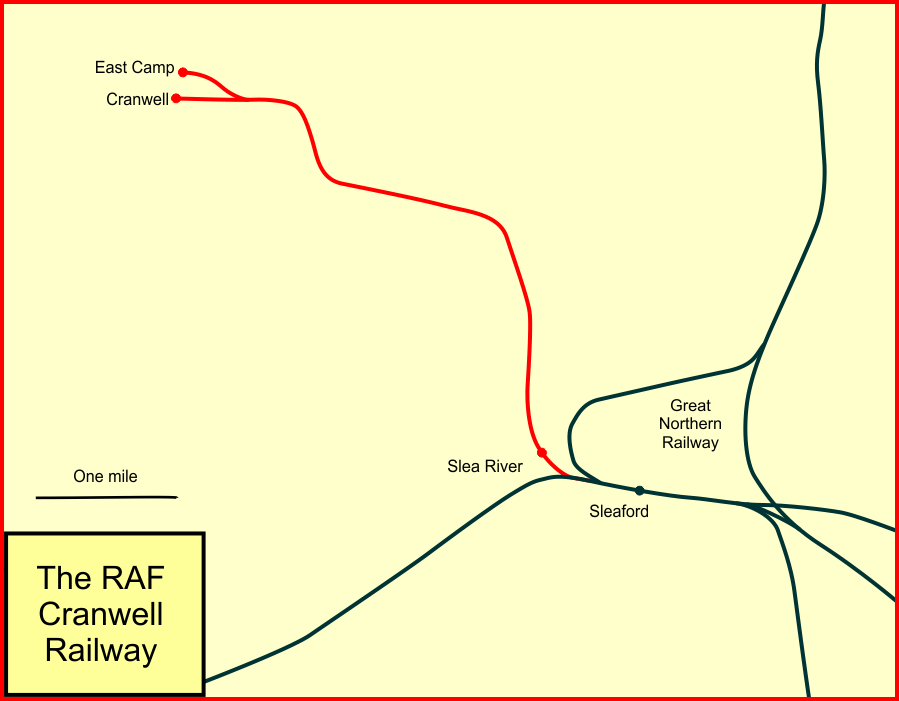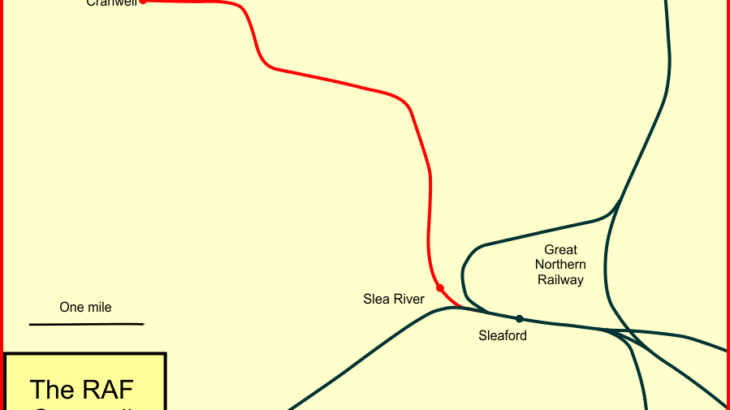Nestled in the heart of Lincolnshire, the Cranwell Branch Line once served as a crucial artery for both military and civilian transportation. Its story, rich with industrial ambition and wartime necessity, reflects the broader narrative of Britain’s railway history. While the line no longer echoes with the clatter of trains, its legacy endures, reminding us of an era when railways were the lifeblood of the nation.
Early Beginnings
The Cranwell Branch Line was inaugurated in 1917, during the height of World War I. The primary impetus for its construction was the establishment of the Royal Naval Air Service station at Cranwell, which later became the Royal Air Force College Cranwell. Recognizing the strategic importance of efficient transportation for military personnel and equipment, the government prioritized the development of this branch line.
Route and Construction
Spanning approximately 3.5 miles, the Cranwell Branch Line diverged from the Great Northern and Great Eastern Joint Railway at Sleaford. The route was relatively straightforward, crossing the Lincolnshire countryside to reach the Cranwell Aerodrome. Despite its short length, the construction of the line involved significant logistical efforts, particularly given the wartime conditions and the need to maintain operational secrecy.
Wartime Operations
During World War I, the Cranwell Branch Line was a hive of activity. Trains transported troops, aviation equipment, and essential supplies to the airbase, playing a vital role in the war effort. The line’s significance continued into World War II, where it supported the RAF Cranwell’s expanded operations, including training thousands of aircrew for service in the Royal Air Force.
Post-War Decline
After the war, the Cranwell Branch Line witnessed a gradual decline. The advent of more advanced road transport options and the reduced military reliance on railways contributed to a decrease in the line’s usage. By the 1950s, the line primarily served as a local connector, with limited freight and passenger services.
Closure and Legacy
The decline culminated in the line’s eventual closure to passenger services in 1956, followed by the cessation of all operations in the early 1960s. The tracks were subsequently dismantled, and much of the route was absorbed back into the surrounding landscape.
Despite its closure, the legacy of the Cranwell Branch Line lives on. The line played a crucial role during some of the most tumultuous periods in modern history, contributing to the defense efforts of both World Wars. Today, remnants of the railway can still be found, with parts of the old trackbed now serving as footpaths for local residents and history enthusiasts.
A Lasting Impact
While the Cranwell Branch Line may no longer be operational, its impact on the local area and its contributions to British military history are undeniable. The line is a poignant reminder of the era when railways were the backbone of Britain’s transportation network, adapting to meet the needs of the nation in times of peace and conflict alike.
For railway historians and enthusiasts, the story of the Cranwell Branch Line offers a fascinating glimpse into a bygone era. It serves as a testament to the ingenuity and resilience of those who built and operated these vital links, ensuring that their efforts and sacrifices are not forgotten.
The Cranwell Branch Line, though short-lived, left an indelible mark on the landscape and history of Lincolnshire. As we look back on its history, we appreciate the broader context of Britain’s railway heritage and the vital role these lines played in shaping the country’s past. The remnants of the Cranwell Branch Line continue to inspire and evoke curiosity, ensuring that its story remains a cherished chapter in the annals of British railway history.

